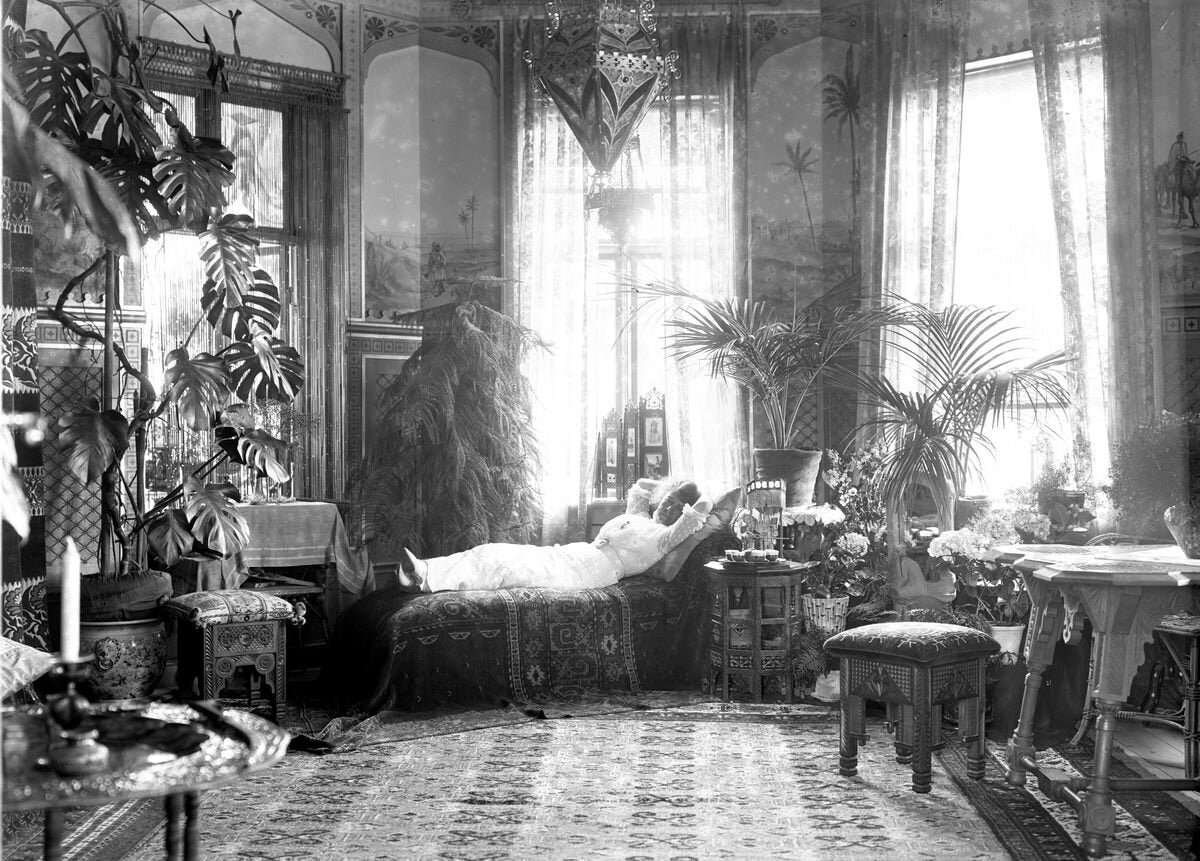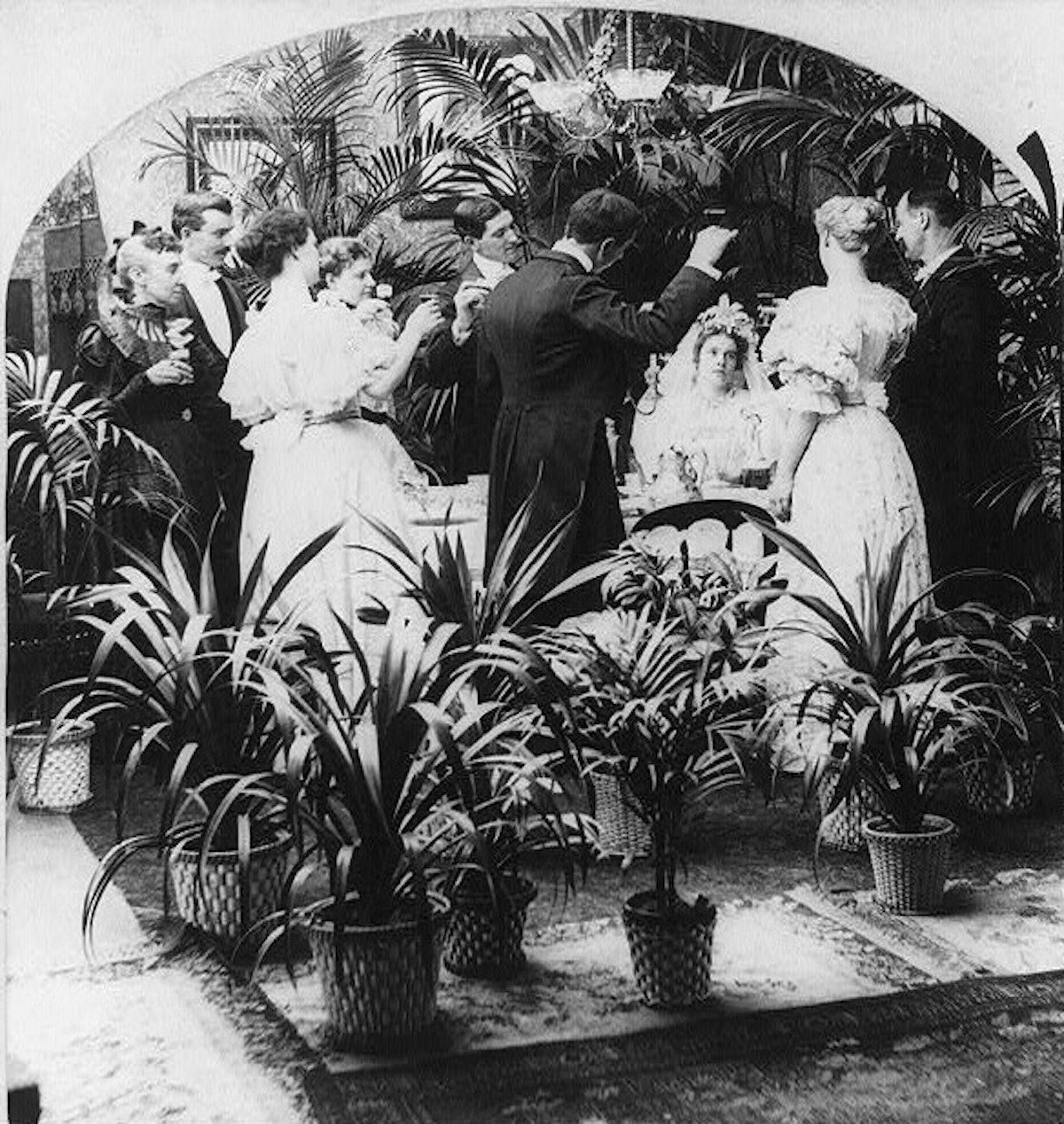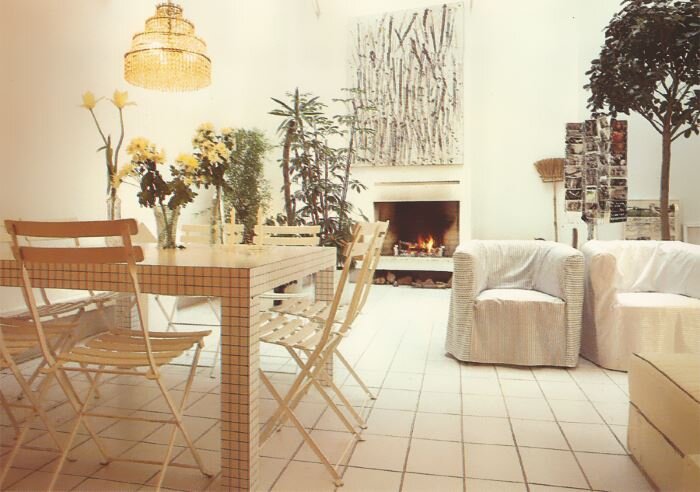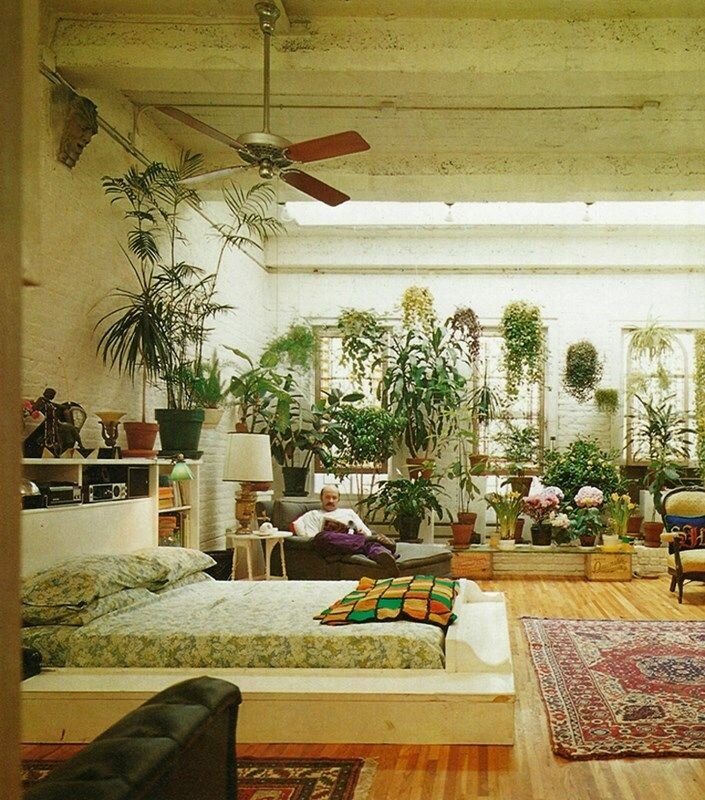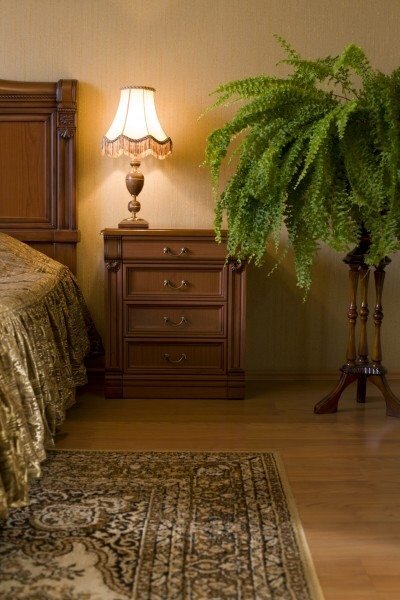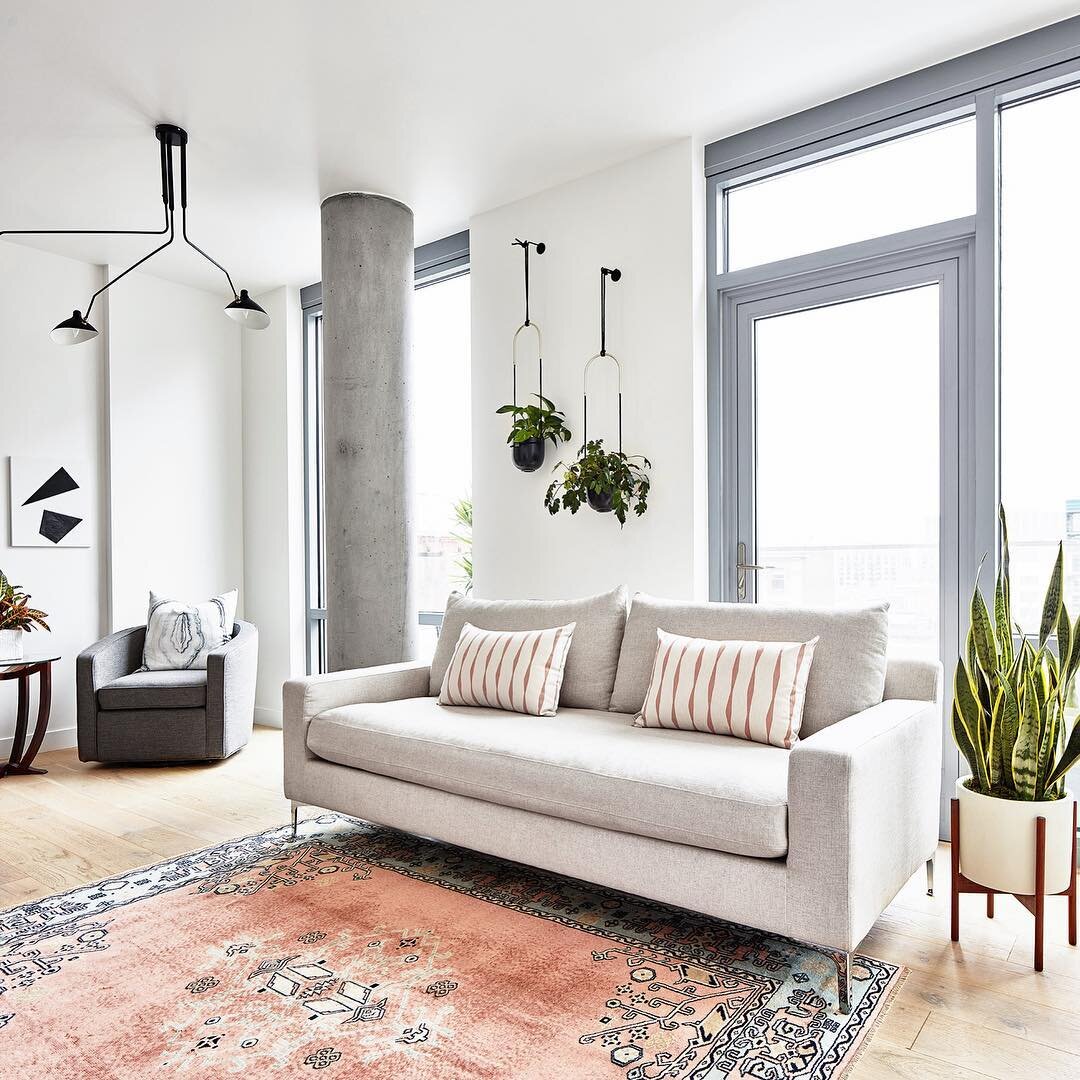Leafy Legends: The Vibrant History of Houseplants
Have you ever wondered when humans began keeping houseplants? We did, so we took a break from trimming our Braided Money Trees and did a bit of research. It turns out the history of houseplants goes way, way back. And while we all know about some, iconic plant/human pairings (Persephone and her pomegranate, Eve and a certain Tree of Knowledge, the list goes on!) we wanted to delve deep into the history of potted, indoor houseplants in particular. After all, they’re our passion!
So take a stroll into the past with us to learn about the history of potted houseplants, and how they’ve grown to become the steadfast interior accent they are today!
The very first indoor plants
According to the Encyclopedia Britannica, the practice of indoor gardening with potted plants can be traced back to the early Greeks and Romans. Older civilizations like Ancient Egypt, India, and China also made use of potted plants, but mostly in outdoor spaces and courtyards. For pots, terracotta reigned supreme-- with the exception of the Ancient Romans, who gravitated toward marble planters (so chic!).
Japanese, Vietnamese and Chinese cultures have unique traditions of dwarfing trees for ornamental purposes, known variably as Hòn Non Bộ, Penjing and Bonsai. These plants were designed to reflect the form of fully-grown trees in nature, and were often accompanied by decorative rocks and even water features to simulate natural landscapes.
The Hanging Gardens of Babylon, in what is now modern-day Iraq, even featured a custom garden, specially curated for the wife of King Nebuchadnezzar II. It showcased the foliage of her homeland, with date trees, statuesque cedars and meadows.
The Renaissance and Beyond
The Middle Ages weren’t great for houseplants, or, it can be argued, for much of anything! During this period in Europe, cultivated indoor plants were largely restricted to monasteries, and plants were grown for practical purposes (primarily for food and medicine) rather than for pleasure or aesthetics.
So, thank goodness for the Renaissance and the cultural transformations it ushered in! During the renaissance, orangeries came in vogue, and global exploration, a la Christopher Columbus, meant that an influx of new-world foliage was brought home to showcase in Europe.
The Ultimate Horticulturists: 1840-1930
With industrialization and the Victorian era, ordinary peoples’ homes were beginning to resemble more closely the homes we know today. They were warmer, thanks to central heating from coal or iron furnaces, which allowed people to take their cultivation of indoor houseplants to new heights. Ferns were exceptionally popular for their dense, luxurious foliage, and were often placed in pillar-style containers called jardiniere. Other plants that we still know and love (and sell on Léon & George!) were popular as well, like Cast Iron Plants and Kentia Palms.
In the late 1920s, potted houseplants became available on the market for the first time (prior to this period, it was necessary to grow one’s houseplants from bulbs or seeds). The first nursery to offer potted houseplants to the market was based in Southern California-- truly a dream land for plants, and where Léon & George is based today!
The remarkable ease of purchasing potted, grown houseplants inspired a tremendous wave of new plant owners. Plant and garden societies sprouted wildly, and fashion and interior design trends were replete with florals and botanical prints.
Earth-First Decor: the 1960s and 1970s
The 1960s and 1970s were all about reverence for greenery and nature. Pothos varieties, Staghorn Ferns and more were used to create fecund indoor jungles, often paired with macrame, hand-built ceramics, and nature-themed decor. Many of the current trends in plant styling are throwbacks to this fertile time of peace, love and plant worship.
Minimal Accents: the 1980s and 1990s
The 1980s and 1990s looked to the future (and sometimes to space!) for stylistic inspiration. Popular materials were minimal and fresh, like glass, lucite and industrial metal. Plant styling took a backseat during the 1980s, and stylish designers limited their greenery to thoughtfully placed focal plants which played well with gleaming surfaces and geometric designs.
The 1990s brought with them a resurgence in popularity of the orchid. From Susan Orlean’s The Orchid Thief to high-fashion prints worn by the likes of Madonna, orchids were the ultimate iconoclastic plant variety of the 90s, blending femininity with their famously sculptural silhouettes.
The Aughts to Today
Houseplants experienced a resurgence in popularity in the early 2000s, and have remained steadfast components of interior decor trends for the last two decades, with water-wise varieties holding court in the spotlight for the last twenty years. As our climate changes and we embrace minimalism, (then maximalism!) the junglelow (and the drought garden!), vibrant, easy-care varieties like succulents, cacti and hardy plants like Snake Plants or sansevierias continue to reign supreme.
Credit: Encyclopedia Brittanica & Mirror80
Indoor plants, potted & delivered.
Premium plants paired with stylish ceramics, plus lifetime plant care support. Order online at leonandgeorge.com


